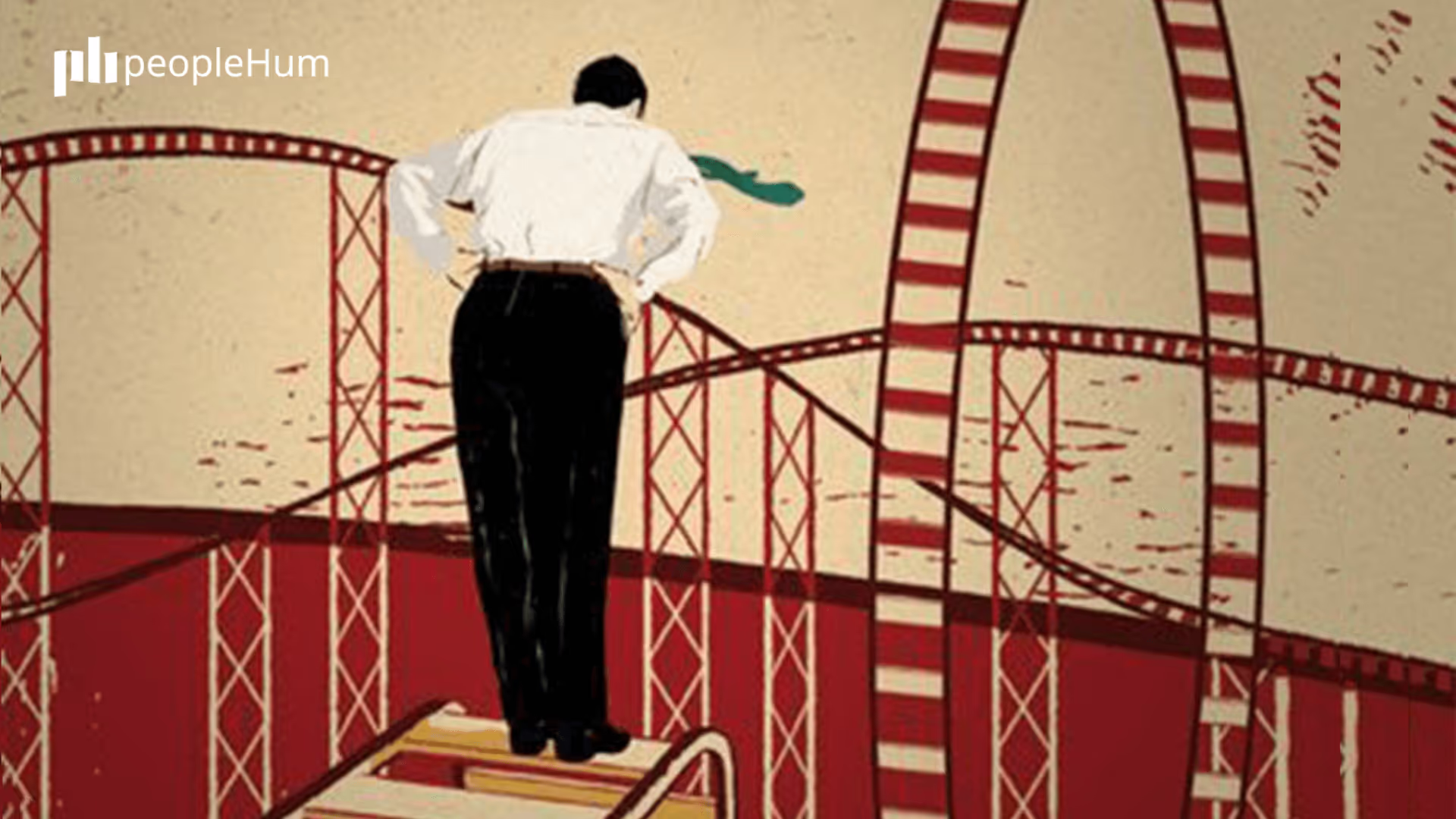Employees are expected to return to the office and it’s making them anxious. The pandemic has progressed beyond a year and vaccination drives are on course around the world. After a year of shifts and disruptions, employers are finally getting ready to bring employees back to the office. However, employees don't really share a similar sentiment.

Future Forum by Slack conducted a 3-month survey of over 9.000 knowledge workers around the world to build their Remote Employee Experience Index. 12% of them intend to return to work from an office, while amazingly, 72% want to stick to a hybrid work setting. The hope of a fully packed office may just be a distant dream of employers.
Back in 2020, when employees were forced in remote work almost overnight, it gradually shed away the traditional parts of daily work practices, including long commutes, interaction with co-workers, building rapport with clients in a social setting, company meetings, communal lunches, and post-work hangouts. For some the shedding gave employees the freedom to spend more quality time with family, themselves, while others were left struggling to be productive while working from home.
In the same study conducted by Slack of global knowledge workers, 17% older employees aged between 55 to 64 indicated that they would prefer to never work from office, whereas only 11% of employees aged 25 to 44 could say the same. The young of the workforce, who are still learning the ropes, are struggling to strike a balance between their personal and professional lives.
However, these numbers don’t invalidate the larger share of the workforce who are certainly not keen to re-enter the workplace. CEOs want employees back in the workplace. But what about the employees? In a survey conducted by the Best Practice Institute, while 83% of employees were optimistic about getting employees back to the office, only 10% of employees shared the same enthusiasm.
More than 60% of employees said that they would not be comfortable returning to the workplace unless employers had clear instructions on health & safety policy, complied with Covid safety precautions, communicated the knowledge of co-worker illness, and were given the option to work from home. Pushing for a disruptive shift during a time of uncertainty and divided loyalties can understandably lead to an emotional roller coaster amongst employees. Concerns about job security, concerns about productivity, coupled by the risk of burnout and an even bigger risk of exposure to infection is a volatile environment to dwell in. Employees are scared to return to work because they may risk infecting near and dear ones.
Instead of pushing employees and receiving a push-back, leaders must practice empathy. Empathy in leadership is positively related to employee performance, as demonstrated in a study by the Centre for Creative Leadership. Empathy improves human interaction and leads to effective communication and positive outcomes in a personal and professional front.
In order to prevent an emotional rollercoaster and make the return a feasible option, leaders must certainly heed the requirements of a Covid-safe workplace, make sure that communication is immediate, policies are adhered to, and more importantly, that employees’ needs are met. Therefore, it is crucial to have measures in place that can help leaders and employees in keeping policies, procedures, and communication in check. And that’s exactly what peopleHum’s Return to Office solution is designed to do.

Prevent an emotional rollercoaster with peopleHum RTO
peopleHum's Return to Office solution (RTO) is built to address the needs of organizations that are focused on employee wellbeing and are planning to bring a portion of their workforce back to the office, while keeping compliance needs, legal requirements, and employee health & safety in mind. The solution is designed to make the transition to office and the overall employee experience, safe and efficient.
RTO Survey
When the Return to Office is given the green light, the first step is to ascertain whether employees are comfortable with coming back to the reopened office. With automated surveys, HR announces the company’s return to office plans and requests employees to fill a survey to gather their feedback on the same. The survey helps in gauging employee interest, their understanding of the protocols in place, employee wellbeing, and most importantly, identifying the employees who are prepared to return to office.
Onboarding
Employees that choose to come to the office after learning about the steps that will be taken by the company to ensure a safe work environment, will go through the RTO onboarding process. Once an employee fills-in the Covid compliance checklist and HR determines whether they are fit to return to office, enrolment is green-lighted, and on the day of return, employees are presented with their safety essentials kit.
Contactless check-ins
Attendance is contactless. Employees can enter their workplace without having to swipe their cards on their way in or mark their names in registers. With the peopleHum mobile app, all employees have to do is scan the QR code at the office's location to check-in and check-out. Attendance reports are recorded and sent to HR daily, where they can be downloaded, analysed, and tracked in the case of any untoward incidences reported by managers and employees.
Pulse survey
Automatic pulse surveys will be delivered to employees daily post the completion of work, in order to monitor their welfare during their work period. These questions gauge their experiences at the office, whether standard protocols were followed and safety measures were undertaken. These reports will be tracked by the HR department.

Automated and contactless systems that track attendance and wellbeing; Safety compliances in place; And communication that is immediate and transparent. peopleHum Return to Office helps employees, leaders and Human Resources to operate with ease in what may have once been a hostile environment. We may not have the capability to rid the world from Covid and its side-effects, but with the right technology and human preparedness, we may lessen the blow and curb the after-effects.



































.avif)
%20(1).avif)
.avif)












